You have more money than you think! Just check your wallet!
We all want more money, but sometimes we do not know what the amount can be right now in our wallet!
Knowledge is power and, accordingly, money!
Let's check together, maybe there is a cent in our wallets that you would never pay attention to, and it costs more than $1000!
So,
There is a certain amount of rather valuable American coins with mintage errors, which are still in circulation. Most people do not pay much attention to such coins because they are distinguished by minor defects, such as a small doubled die image or small changes in the size or arrangement of letters in the legend.
Here are some of the coins, the value of which exceeds the value several thousand times.
Cent Lincoln 1969-S with a dual image of the obverse.
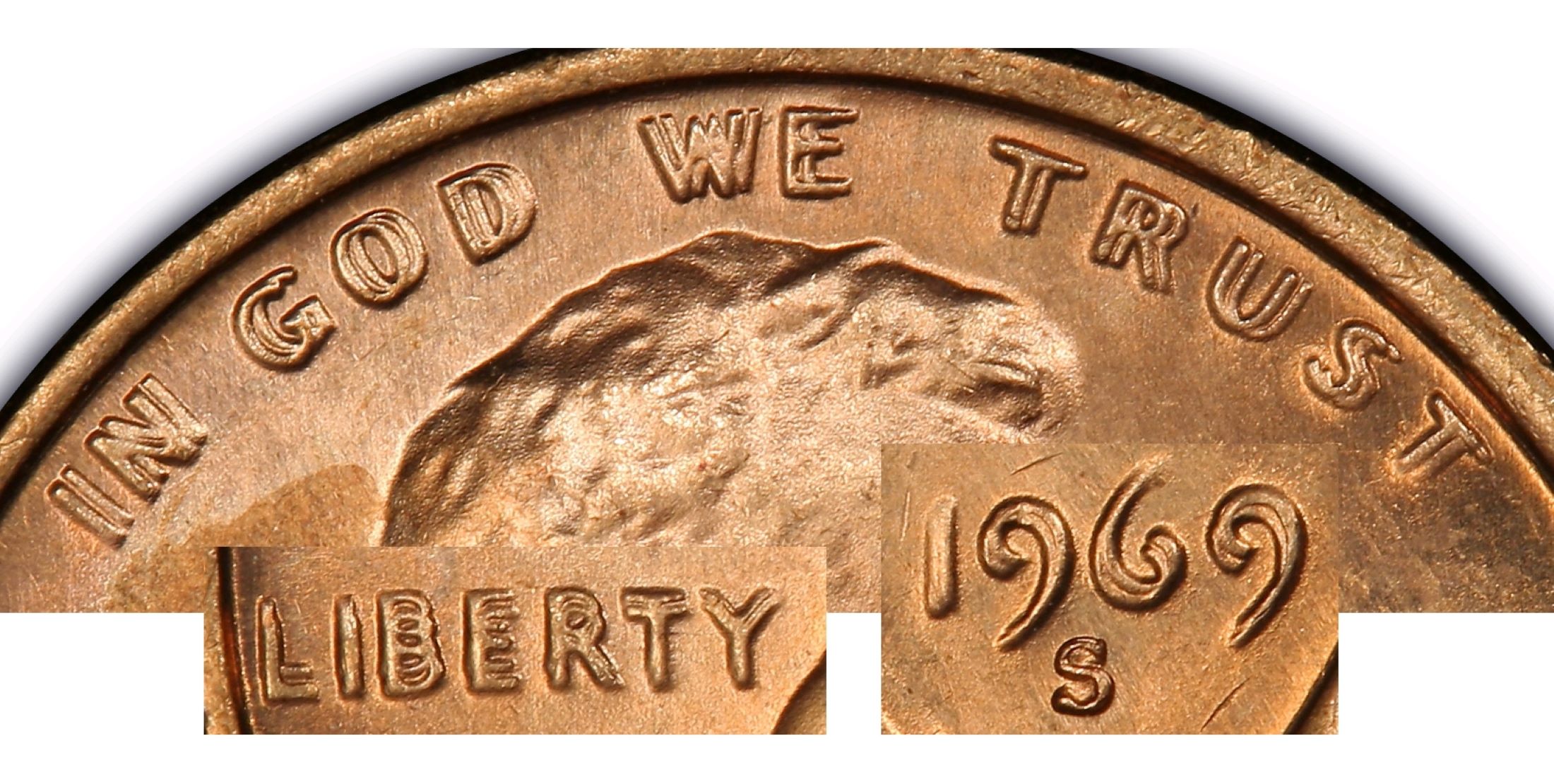
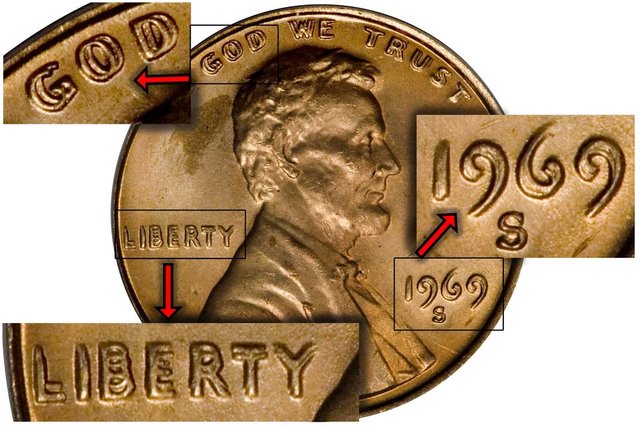
This is a very rare coin. The first samples were withdrawn by the secret service of the US Treasury until the US Mint recognized their authenticity. There is a large number of fakes, but mostly they are incorrectly indicated by the mint sign.
How to determine: Look for a clearly visible bifurcated image of the entire obverse image, except for the mint sign. If the mint mark also turns out to be doubled, the coin value will be low. In 1969, the mint mark was applied separately, after the main image was applied.
Estimated cost: from 35 thousand dollars ($35,000)
Cent Lincoln 1970-S with a small size date and a dual image of the obverse

As is usually the case with the dual obverse, only one side of the coin is doubled. If the two sides are doubled, the coin, apparently, is inexpensive.
How to determine: The rarest coins with the smallest date are easiest to distinguish from ordinary coins by a bad coin of the word LIBERTY. The best doubled die image of the obverse is noticeable in the duality of the letters LIB and IN GOD WE TRUST.
cost: approximately 3 thousand dollars ($3,000)
Cent Lincoln 1972 with a doubled die image of the obverse

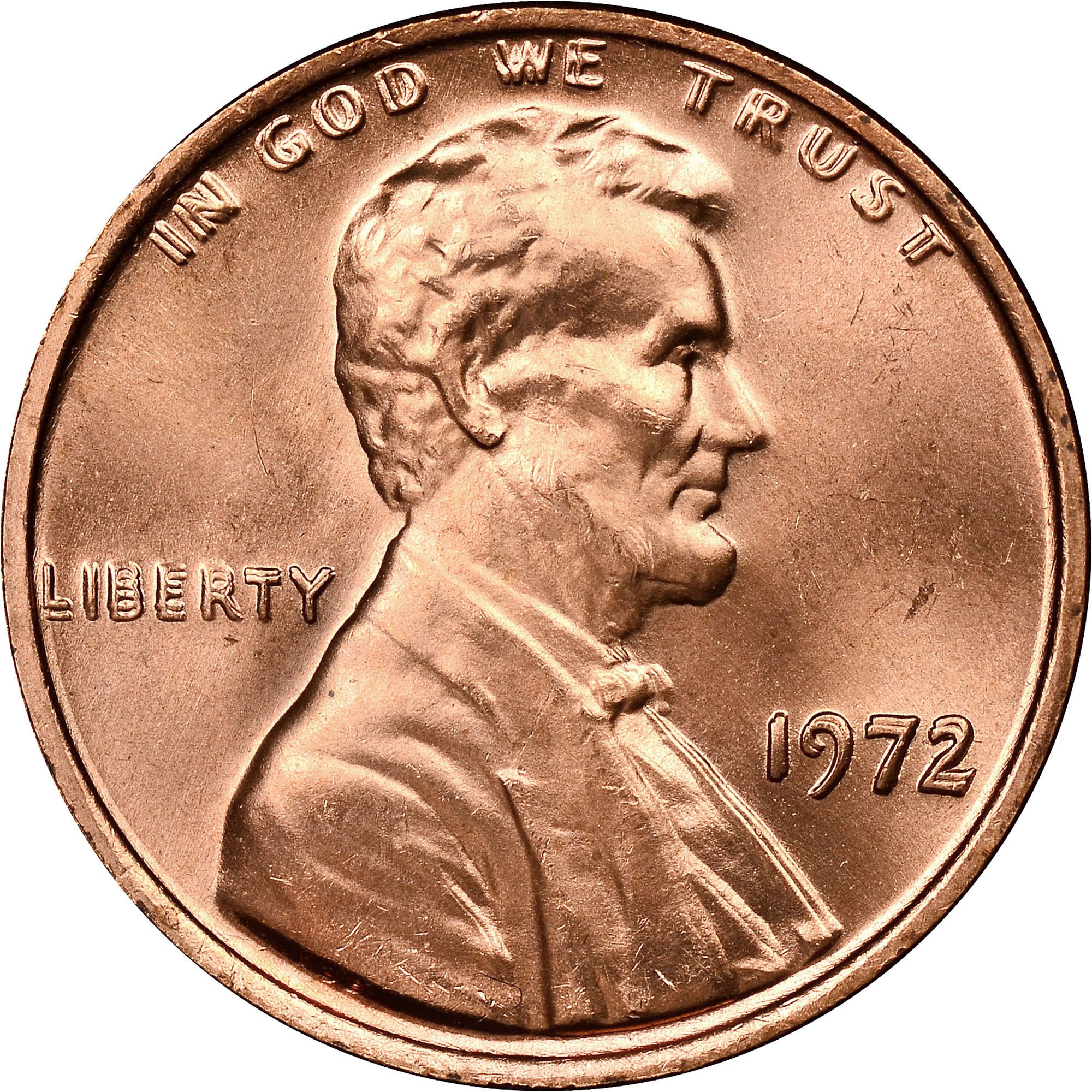
This cent was minted without a mint sign and demonstrates a strong degree of duality of all elements of the image. Specialists recommend using a stamp of coinage to determine the rarity of the coin. The mark of a coinage is a notch or crack that determines the type of coinage
How to determine: A clear duality of all elements. The stamp is located at the very edge above the letter D in the word UNITED.
Approximate cost: about 500 dollars ($500)
25 cents Wisconsin 2004-D with additional leaflet
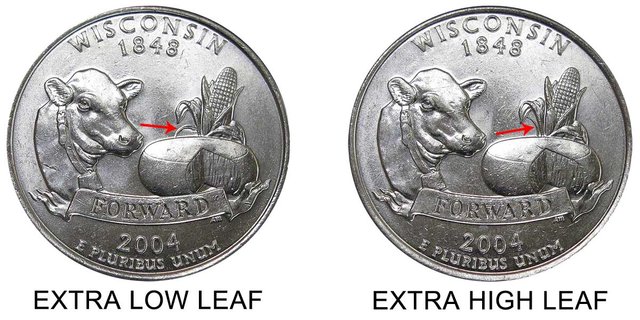
Experts disagree about the long-term value of this coin, but it still needs to be paid attention, as it is fairly easy to find, and it costs several hundred dollars.
How to determine: When the coinage was a kind of defect, due to which on the reverse side of the coin in the lower left corner on the corn stalk you see an extra leaflet. The leaflet is clearly visible. The defect is known in two versions - the top and bottom leaflet.
Approximate cost: 200-300 dollars
Cent Lincoln 1999 with a wide letters "AM" on the reverse side

This variety is known on coins of 1998, 1999 and 2000, however, 1999 is considered the rarest. Ironically, this coin was used as a stamping reference when issuing coins of conventional circulation.
How to determine: AM letters in the word AMERICA on the reverse side are clearly separated from the rest of the word. In the usual variety, the letters AM are close or in contact.
Approximate cost: from 5 to 25 dollars depending on the state. From 75 to 600 dollars depending on the color. Coins of 1999 are more expensive than others. Further on, the coins of 2000 follow.
10 cents of Roosevelt 1982 without a mint sign
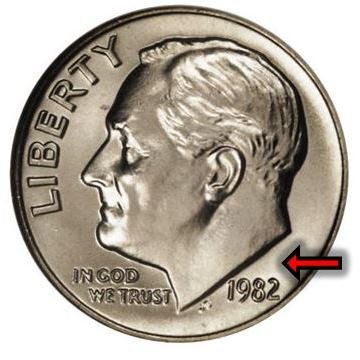
At the time of the coinage of these coins, die stamps were sent to mints, where a certain mint sign was to be placed on the ground during the production of coins. It is believed that coins without sign appeared as a result of the fact that for their coinage matrices without the mint designation were used.
How to determine: There is no mint sign on the 10 cents per 1982 coin.
Approximate cost: from 30 to 50 dollars.
Mistakes of coinage on the brink of presidential dollars
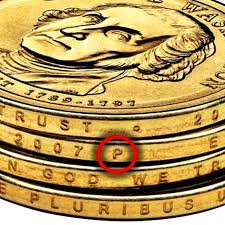

Since the release of the first presidential dollar (the dollar of Washington in 2007), several errors of coinage related to the inscriptions on the edge have appeared. In some cases, the letters are missing completely, in others - the inscription is written several times.
How to determine: Look at the edge (the side of the coin). The inscription must be clearly minted on the entire surface. The absence of letters or double letters indicate the rarity of the coin.
Approximate cost: from 50 to 3000 dollars depending on the image of the president.
Cent Lincoln 1995 with a doubled die image of the obverse

This variety of coins caused a big resonance in the society after it became the main story of one of the issues of USA Today magazine. Samples are still found in circulation.
How to determine: The clear duplicity of the inscription LIBERTY and IN GOD WE TRUST.
Approximate cost: about 20 to 50 dollars for new coins.